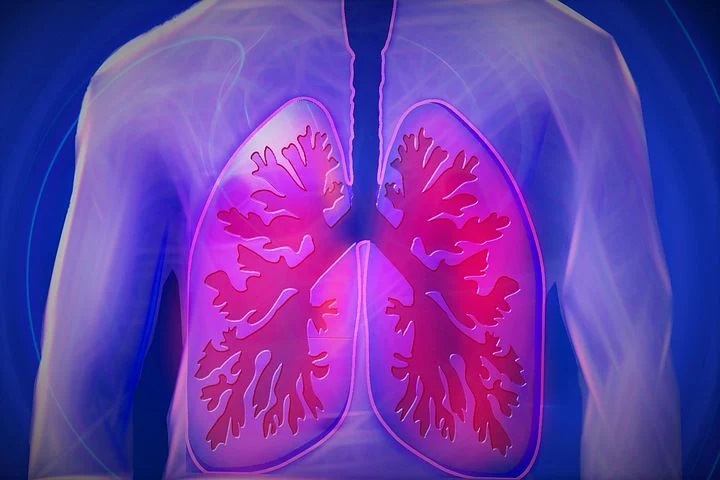
Six Yogasanas For Increasing Lung Capacity
Yoga is a healthy habit which involves breath control, meditation, relaxation, and other micro processes which affect our system in a good way. It is an exhibition of various physical poses designed specially to create a balance between our mind and body. It is even supported by modern science where neurologists were amazed to see how yoga can improve brain wiring and neuroplasticity, it helps in curing many physical and mental disorders by giving more control of our body to our mind and thus is contributing to the self-healing aspect of our body. It improves sleep pattern and bring harmony in the otherwise chaotic life.
In present scenario when world is struck by the deadly Corona Virus which leads to acute respiratory failure in severe infections, we aim to keep our lungs healthy to help you fight this life-threatening disease. There are specific Yogasanas which are known to increase lung capacity which is a measure of the total volume of air we can suck from the atmosphere in one inspiration, which is generally around 6 liters in a healthy adult.
In a study done on 287 college students’ the findings were consistent with other research studies reporting the positive effect of yoga on the vital capacity of the lungs. The students took a 15-week class where they practiced many Yogasanas and breathing exercises. Towards the end of the study, it was found that they had a significant increase in vital capacity of lungs. (https://pubmed.ncbi.nlm.nih.gov/11076447/)
We are sharing certain Yogasanas which can boost your lung capacity to a substantial level to ensure healthy functioning of your lungs:
SUKHASANA (Easy Pose)
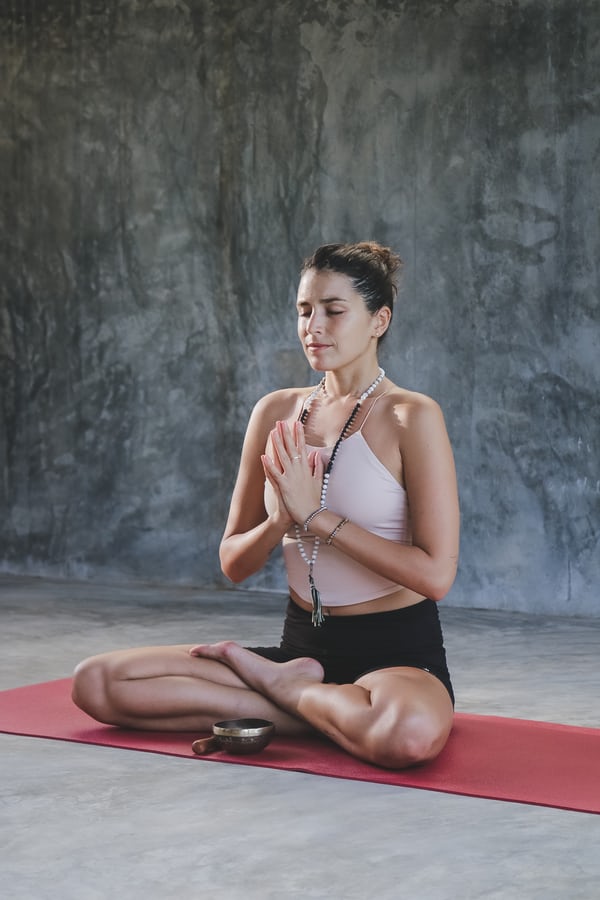
It is derived from the Sanskrit word ‘Sukh’ which means a state of comfort or wellness.
Steps:
Sit in a typical meditation pose. Hold your left wrist with your right hand behind the back. Keep on breathing in while pulling your shoulders back and expanding your chest. While bowing forward, breathe out and attempt to contact your forehead to your right knee. Breathe in and get back to the beginning position. Repeat the steps and continue on the opposite side by contacting your forehead to one left knee.
Advantages:
Sukhasana is crucial on account of lung irregularities. It increases the blood flow to the lungs and furthermore cleans out the destructive toxins from the lung muscles. This asana increases your concentration and focus as well as helps treat respiratory problems and cold and cough symptoms. Rehearsing it routinely also lessens anxiety.
MATSYASANA (Fish Pose)
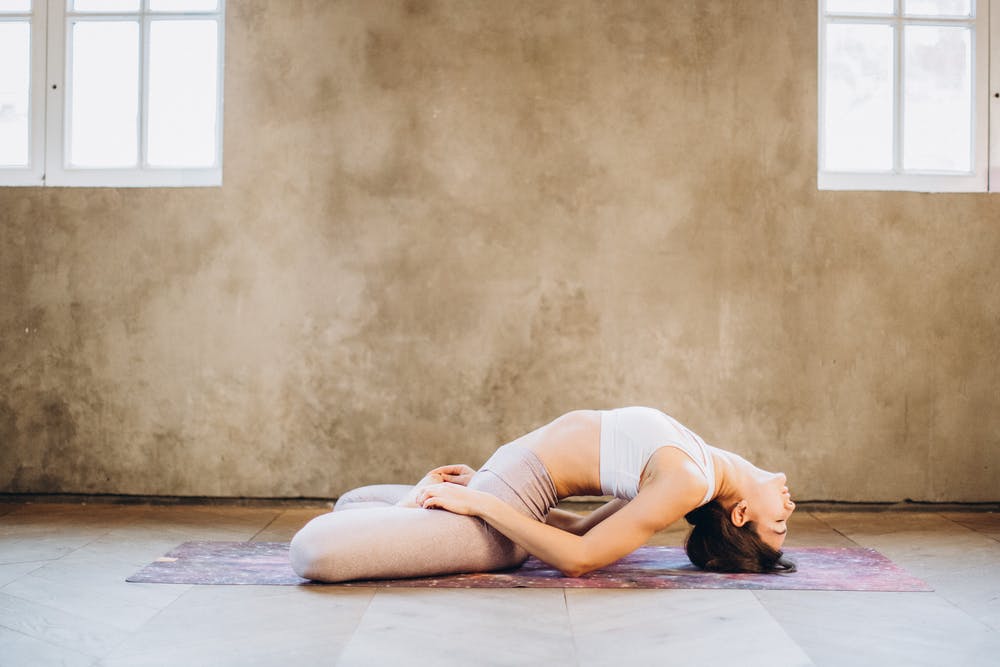
It is derived from the Sanskrit word for ‘Matsya” which means fish and this why it is also called as fish pose.
Steps:
Lie on your back with your knees bowed and knees flat. Lift your hips somewhat and slide your hands under your hips, breathe in, twist your elbows and push your chest area. Keeping the chest raised, bring down your head in reverse. Keep up the posture as much as you can, breathing in and out.
Advantages:
Matsyasana can help in adjusting and appropriating oxygen by improving blood flow and stimulate deep breaths by extending the lungs. The posture empowers deep breathing subsequently giving help from respiratory issues. Fish pose promotes deep breathing by strengthening lung muscles. It likewise also assists with relieving pressure in the neck and shoulders.
BHUJANGASANA (Cobra Pose)
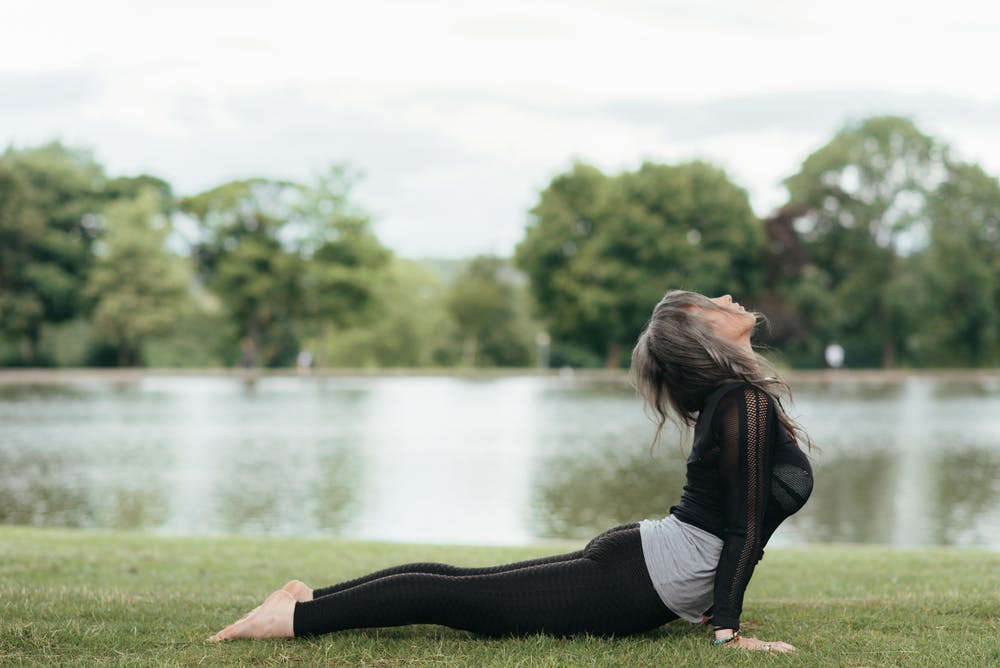
The name is derived from Sanskrit word ‘Bhujang’ which is used for serpent generally a cobra. Hence, it is also called as the Cobra pose
Steps:
Keep both your hands on one or the other side of your shoulders. Gradually, put focus on your palms and lift your body up from the middle while extending your back and gut muscles. Fix your arms and keep your shoulder bones squeezed against your back. Maintain the posture as much as you can.
Advantages:
This yoga asana can assist with opening the heart and the lungs, and accordingly help in breathing better. It has been viewed as remedial for asthma, which is another respiratory illness.
DHANURASANA (Bow Pose)
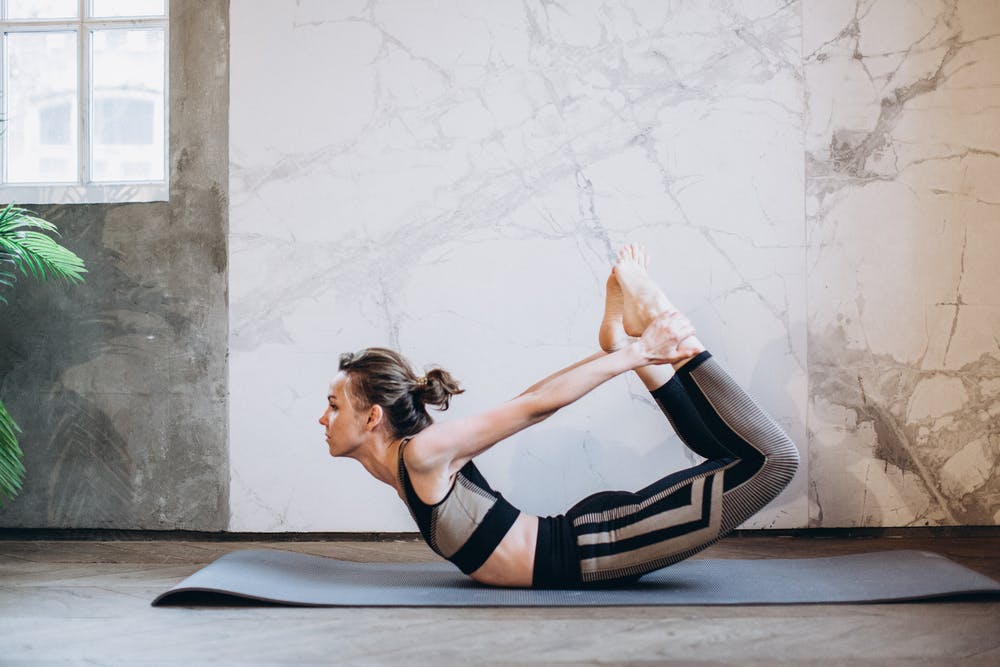
The name is derived from Sanskrit word ‘Dhanu’ which translate as bow and hence it is called as the bow pose.
Steps:
Start by resting on your stomach, bend your knees and hold your ankles with your palms. Make sure a solid grip. Lift your legs and arms as high as possible. Turn upward and hold the stance for the time it is comfortable to hold.
Advantages:
It is viewed as a brilliant exercise for those with chest or breathing problems like asthma, as it extends the chest and builds the breathing limit of the lungs. It also improves blood flow to the spinal nerves since back is stretched.
TRIKONASANA (Triangle Pose)
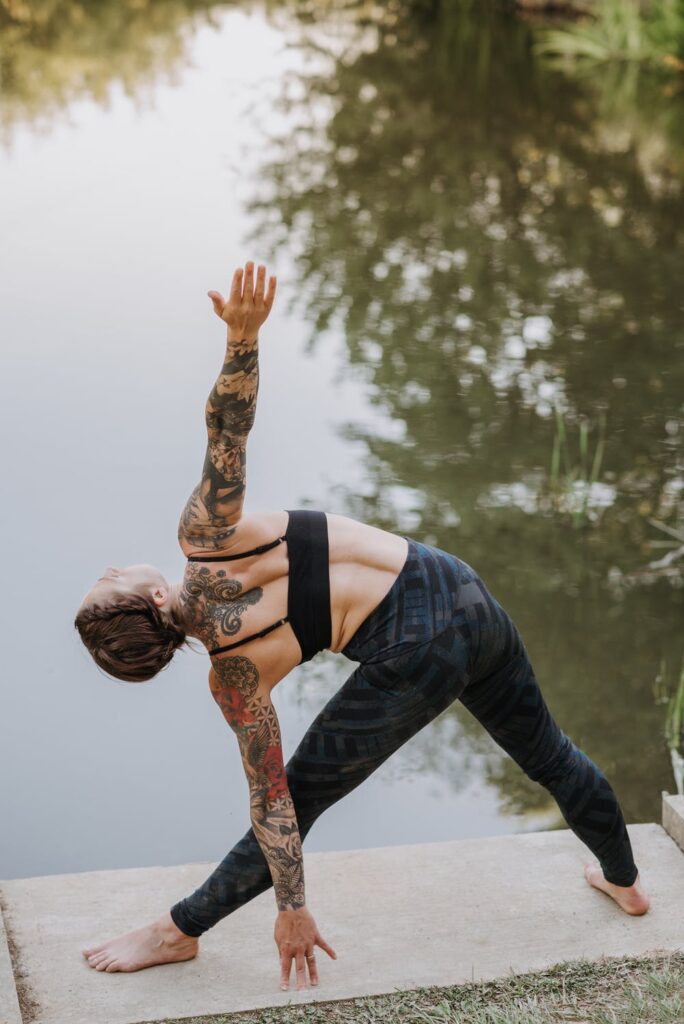
In Sanskrit ‘Trikon’ is used for triangle and hence it is also called as the triangle pose.
Steps:
Breathe in and step to the right side, right foot at 90 degrees, left heel turned inward at 15 degrees, heels separated by 3 feet. Breathe out, reach out over the foot and curve to the right and spot the hands either on your shin, ankle or hold the big toe of right foot with initial two fingers of the right hand and pull on it, making counter strain and oppositional stretch. Turn head to look upward towards the left thumb, opening chest towards the sky. Feel the rotation of the hips as the right hip moves under and the left hip turns open.
Advantages:
It takes into consideration simpler air entry to the lungs. It animates the sensory system and as you spiral the chest towards the sky, it assists with expanding the chest cavity. The triangle pose is an exemplary yoga position that extends and reinforces your spine, internal thigh, stomach and side muscles.
ARDHA MATSYENDRASANA (Sitting Half Fish Pose)
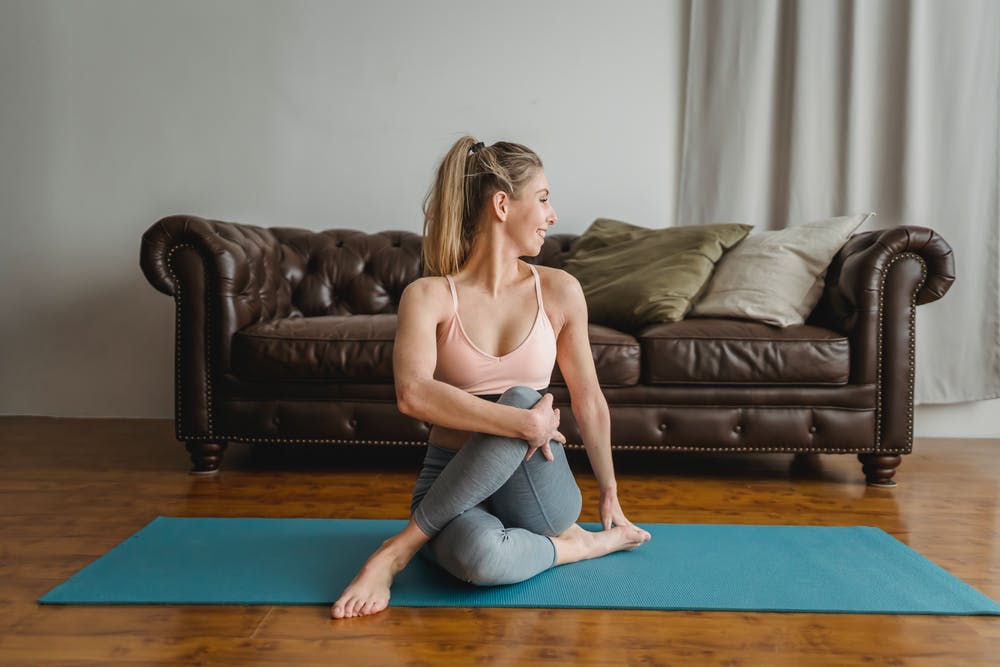
It is derived from Sanskrit word ‘Ardh Matsya’ which means
half fish. Hence, it is also called as sitting half fish pose.
Steps:
Sit straight with your legs loosened up and feet together. Curve your right leg. Bring your left foot around the right knee corner and take your left hand back. Stretch your right arm up and push your knee back utilizing your elbow and hold your right foot. Spot the right hand behind you, and the left hand on the right knee. Look back over your left shoulder. Ensure your spine is erect. Hold the posture for a couple of moments, inhale gradually, yet profoundly.
Advantages:
Ardha matsyendrasana can open up the chest in this manner expanding the supply of oxygen to the lungs. The posture initiates the stomach breathing that improves the lungs working. It likewise assists with reducing stress and strain in the back.